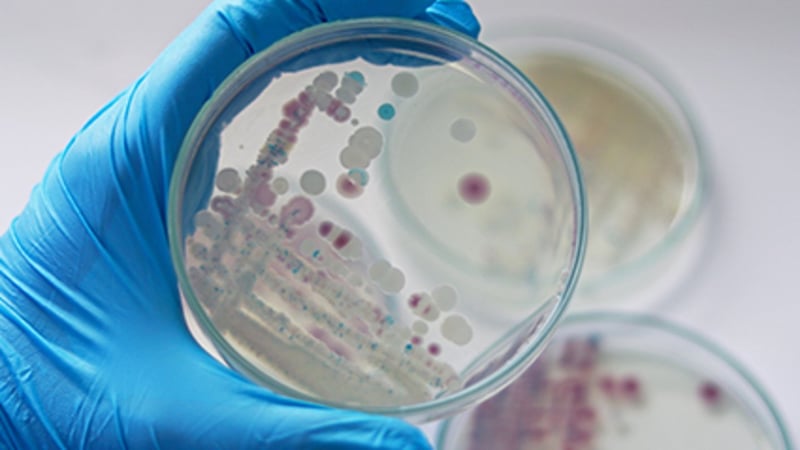Patient Resources
Get Healthy!
Many Strains of a Dangerous Foodborne Bacteria Are Now Antibiotic-Resistant
- September 6, 2023
- Cara Murez HealthDay Reporter

New research on a leading cause of foodborne illness has linked a large share of Michigan infections to antibiotic-resistant bacteria strains.
More than 100 strains of Campylobacter jejuni circulating in Michigan are resistant to at least one antibiotic, according to researchers from Michigan State University (MSU) and the Michigan Department of Health and Human Services. More than half of C. jejuni isolated from patients was genetically protected against at least one antibiotic used to fight bacterial infections, they said.
Their study identified a high frequency of antibiotic resistance genes within the C. jejuni genome. Most were linked to chicken or cattle.
Researchers called the high prevalence of antibiotic resistance genes concerning because these genes can be readily transferred to other bacteria in the gut during infections or in animal reservoirs where the bacteria thrive. This could create more resistant pathogens.
"We know these pathogens have been around forever, but using more sophisticated genome sequencing tools lets us look at them differently," said project leader Shannon Manning, a professor of microbiology and molecular genetics at MSU. "We found that the genomes are extremely diverse and contain a lot of genes that can protect them from numerous antibiotics."
While this provides important insight to health care professionals, it's also important to those individuals who have more difficulty fighting off stomach bugs. For them, infections can lead to hospitalization, autoimmune and neurological complications, long-term disability and even death.
"If we know the type of antibiotic resistance genes that Campylobacter has, then we know which antibiotics not to give a patient," Manning said in a university news release. This can lead to better outcomes and shorter hospital stays.
Researchers also explained the broader implications of their findings. When a person fights off an infection and the pathogen is killed, whether or not they've used antibiotics, its genes can linger. That includes those genes that provide antibiotic resistance.
Other microbes can then integrate those genes into their own genomes and gain resistance.
"That's really important. Foodborne pathogens are ubiquitous. They are found in the foods we eat but also in animals and environments that we come into contact with regularly," Manning said. "If they carry resistance genes, then not only can they make us sick, but they can also easily transfer the genes to other bacteria."
This highlights the importance of food hygiene and safety, Manning said. That includes avoiding cross-contamination of other foods and surfaces before cooking.
Infections could be reduced by avoiding cross contamination and washing hands.
The genetic analysis made it possible for researchers to uncover the source of specific strains.
"We found that most patients in Michigan were infected with strains linked to chicken or cattle hosts," Manning said.
Infections were also more likely in rural areas, underscoring that it could be important to monitor and potentially control exposure to these animals and their environments.
Researchers were also able to better understand trends specific to Michigan. The state isn't part of the U.S. Centers for Disease Control and Prevention foodborne pathogen surveillance network.
"We have unique ecological and agricultural factors in Michigan that may impact how these pathogens survive and proliferate in certain hosts and environments," said Manning, whose team also studies other major contributors to foodborne illness, including E. coli, shigella and salmonella.
"If you don't look for them and assess, then you won't be able to identify which factors are most important for infections and antibiotic resistance or define how Michigan differs from other regions," she said.
Study findings were recently published in the journal Microbial Genomics.
More information
The U.S. Centers for Disease Control and Prevention has more on campylobacter.
SOURCE: Michigan State University, news release, Aug. 31, 2023

